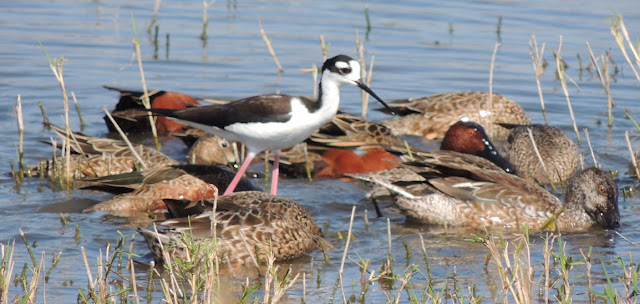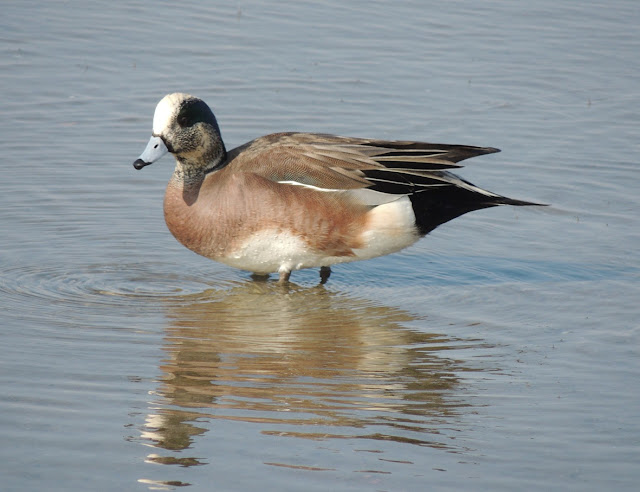The following day we visited another reserve in the valley thanks to a recommendation from Ed. Estero Llano Grande!
From their website;
At the geographic center of the World Birding Center network, Estero Llano Grande in Weslaco attracts a spectacular array of South Texas wildlife with its varied landscape of shallow lake, woodlands and thorn forest. Even beginning birders and nature lovers will enjoy exploring this 230 plus-acre refuge, which is convenient to all the Rio Grande Valley has to offer.
The Land
Water is the magic ingredient for attracting wildlife, and Estero Llano Grande State Park offers something special as the largest wetlands environment in the World Birding Center network. A shallow lake, fringed with marsh cane, is actually part of the Arroyo Colorado. Classic Rio Grande woodlands add variety to a park that already boasts a well-deserved birding reputation. As part of extensive restoration plans, a former agricultural field has been transformed into wetlands, with an island just right for a secure nesting site.
 |
| Eastern Fox Squirrel |
 |
Main wetland at Estero Grande
|
From my point of view the park had a great variety of habitats and many of the Rio Grande specials can be seen quite easily. Half a days birding, even in winter, can generate about 70 species. We had a great morning wandering about and even the kids enjoyed some very close views of some species including our first views of an interesting bird; Alligator.




















































